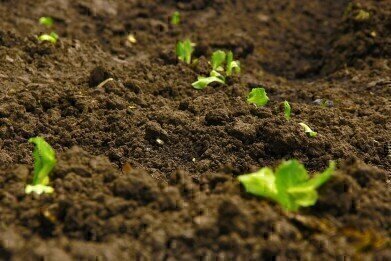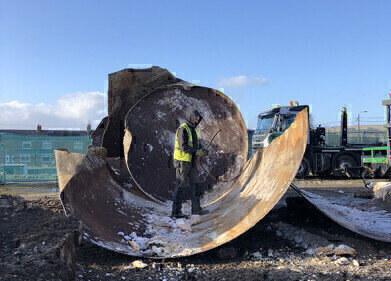Soil Remediation
What Are the Different Types of Soil Remediation?
Jun 14 2022
It’s an unfortunate consequence of human industry that waste by-products are inevitably going to contaminate the environment in its vicinity. This can take the form of air pollution, water pollution and soil pollution. All three are undesirable outcomes which compromise the health and survival of animals, plants and even humans.
As you may guess, soil remediation deals with the last of these issues by attempting to address the accumulation of contaminants in a particular soil sample. This is done so as to make the terrain suitable for cultivating crops, supporting human habitation or to boost its environmental credentials in a general sense. Depending on the issue in question, there are many different types of soil remediation.
Clean-up vs stabilisation
While the specific methods used to address soil contamination are many and varied, they do fall into one of two broader categories. Namely, these are clean-up and stabilisation, which is also sometimes known as encapsulation or containment.
Clean-up remediation techniques focus on boosting soil health by removing or destroying the contaminants themselves. There are a variety of different ways in which this can be achieved, such as bioremediation, thermal desorption, chemical oxidation and soil washing. Each of these uses a different approach to the issue, including aerobic and anaerobic bacteria, heat, chemical applications and filtration.
Stabilisation, on the other hand, is all about stabilising the health of the soil so as to prevent its condition from becoming any worse. While this type of soil remediation does not concern itself with actually removing the contaminants, it does aim to immobilise and neutralise them so that they cannot infiltrate other patches of land or bodies of water.
How do I know which type of soil remediation is right for my site?
There are a number of factors which influence the correct method of soil remediation in any given situation. These include:
- The soil matrix. This includes the type of soil (clay, sand or silt, for example), being dealt with, as well as its chemistry composition (pH levels, acidity, salinity, mineral content etc.) and a handful of other attributes.
- The type of pollutant. Some remediation techniques are more effective at tackling certain contaminants over others. For example, working with asbestos in soil requires a specific approach so as to maximise effectiveness and ensure safety.
- Concentration of pollutants. The overall mass and concentration of the pollutant is all-important in influencing the decision, since some options are more geared towards removing low concentrations than others.
- Remedial goals. Finally, it’s imperative that the site owner has a clear idea in mind of what they wish to achieve via the remediation practices.
For those who are still unclear on which type of soil remediation would be best suited to solve the issues on their site, any company offering such services will be well-placed to analyse the situation and offer their expert advice on the optimum approach.
Events
IWA World Water Congress & Exhibition
Aug 11 2024 Toronto, Canada
Aug 25 2024 Stockholm, Sweden and online
Sep 03 2024 Mexico City, Mexico
Sep 03 2024 Mexico City, Mexico
Sep 03 2024 San Diego, CA, USA













